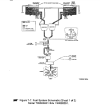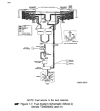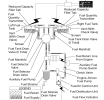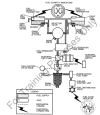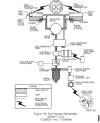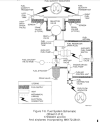I taught Aircraft Systems in a College for 12 years. Engines, airframes, everything. What are your credentials and experience? I have asked you that about six times and never get an answer.
I've been through through two anp school and they are hilariously bad. Although I will say that my experience at Embry Riddle was somewhat informative you are still teaching 80 (well, 60 year old technology when at ERAU) year old technology. Magneto's belong on farm tractors and lawn mowers.
I've posted two authorative sources that state that yes, aviation engines are constantly detonating. Are you confused by the use of the word 'constantly'? Are you saying you can hear detonation in an avation engine in flight? That it never happens?
What specifically are you saying I got wrong?
Are you attacking my 'credentials'? lol attacks from a position of authority never end well. I can easily say I was an instructor for 13 years. One more than you, so I MUST know more lol. See how foolish that is?
How many sources do I need to show you besides my own personal knowledge do you need? Because two sources isn't enough? REALLY?
I'll throw in a third reference as a cherry on top:
We've all been taught about detonation in piston aircraft engines. It's what occurs when combustion pressure and temperature get so high that the fuel/air mixture to explodes violently instead of burning smoothly, and it can destroy an engine in a matter of seconds. Right? Well, not exactly...

www.avweb.com
"You won’t hear it in an airplane for a couple of reasons. First, there are no mufflers on airplanes (see below), and the high noise level masks the sound. Second, the audible “pitch” of the sound is directly related to the size of the cylinder bore, with “big-bore” aircraft engines emitting a much lower-pitched sound. That sound is far more likely to be lost in the noise of the engine itself"
Is there anything else I can help you with?
Ninja edit: I will refer you to NACA Technical Note 977 page 7
"in accord with common experience, which shows that engines will withstand detonation to a given intensity for a period depending on the spark plug used and the combustion chamber design."
Or is NACA also not right because no one there taught at a 147 school for 12 years? lol


